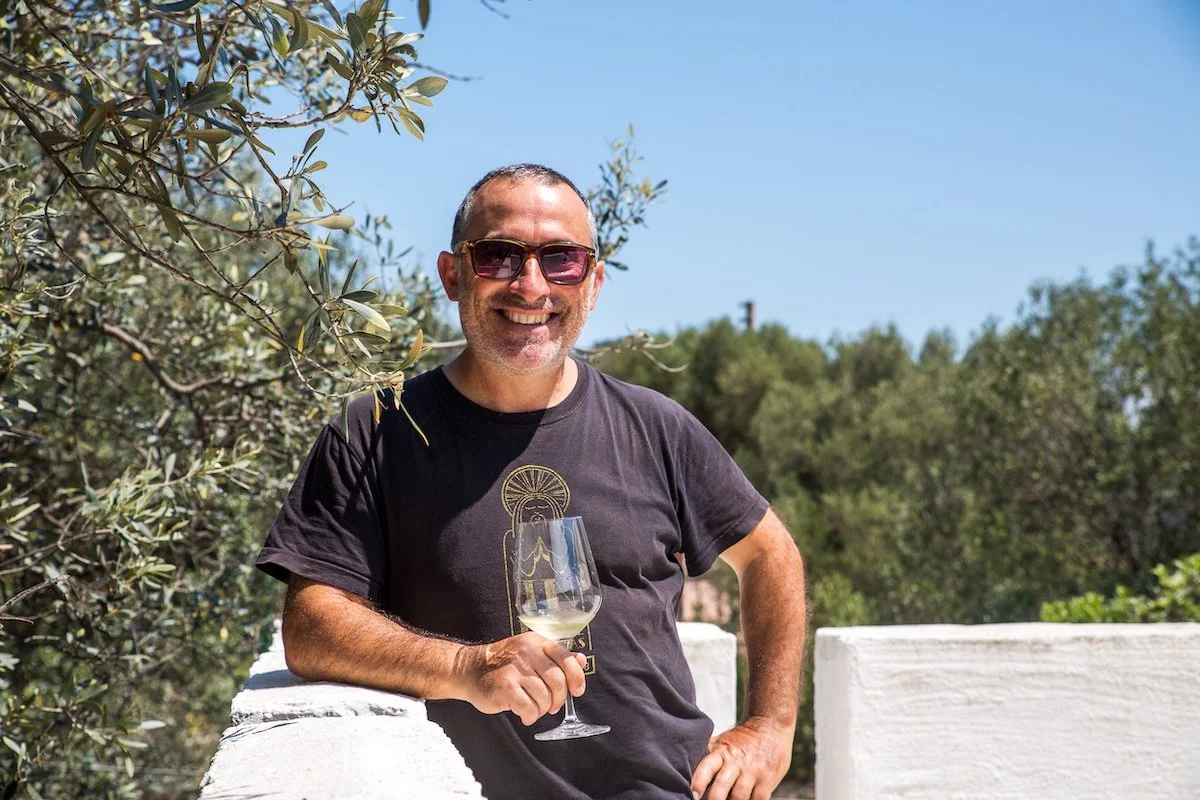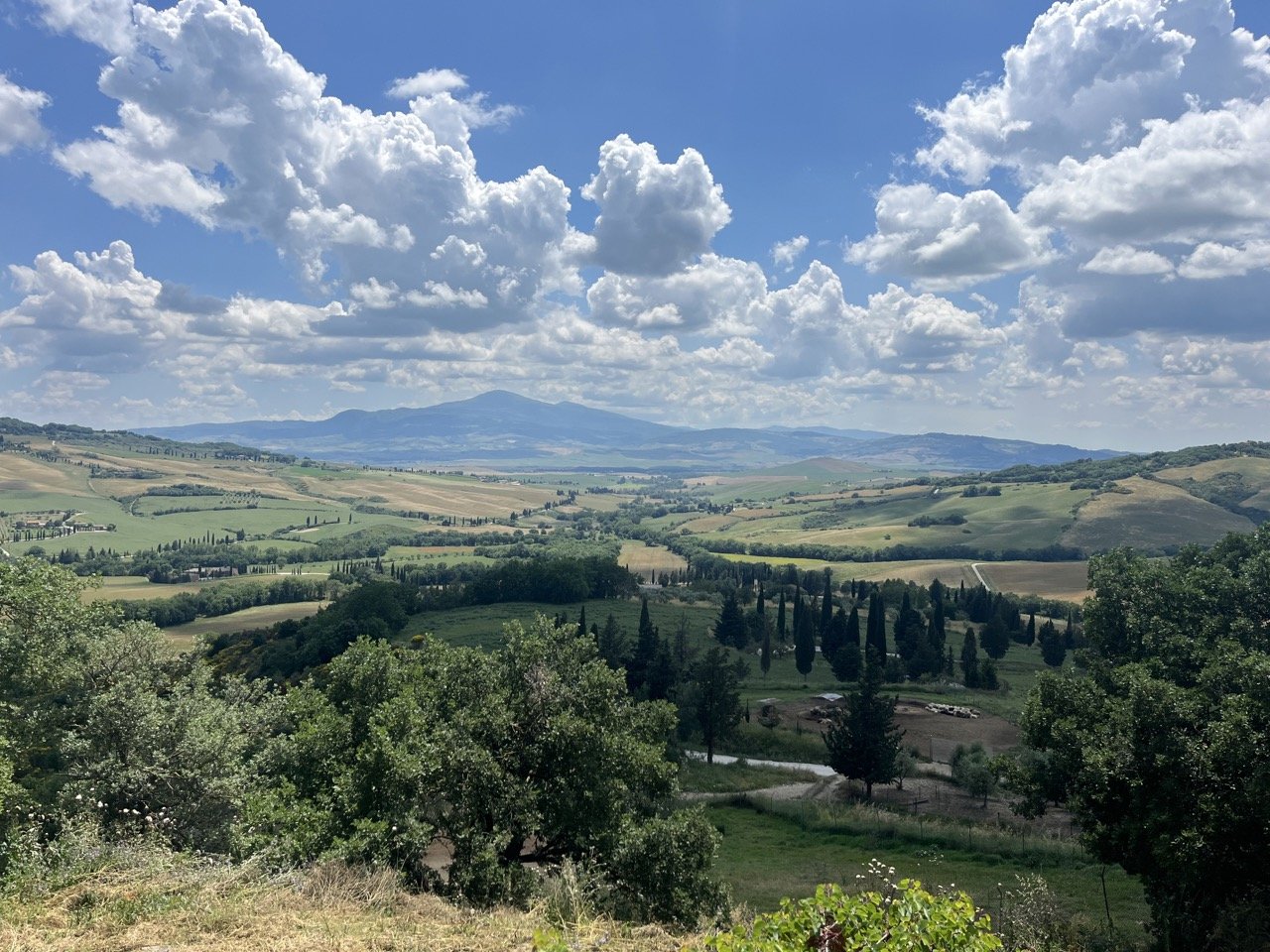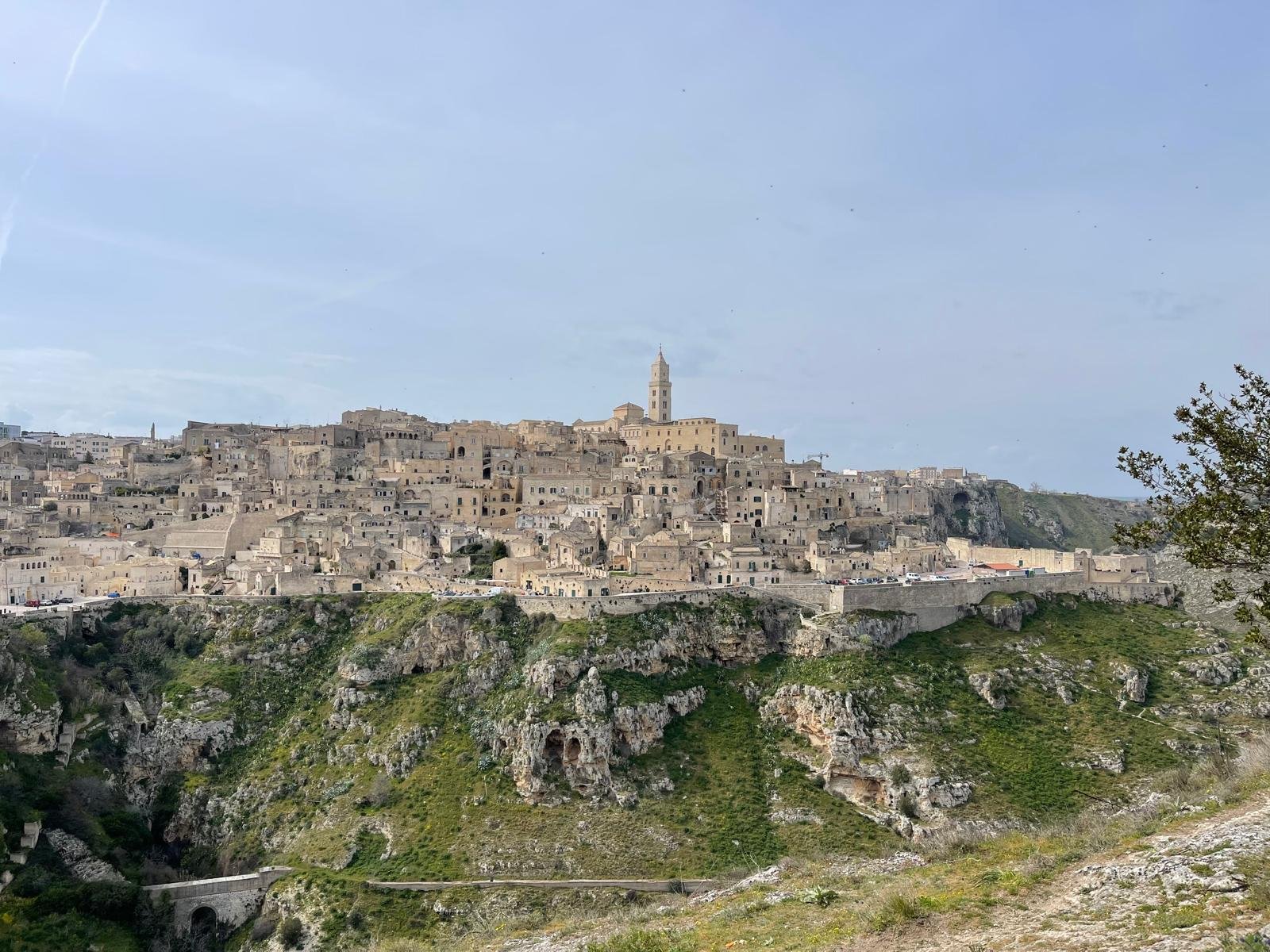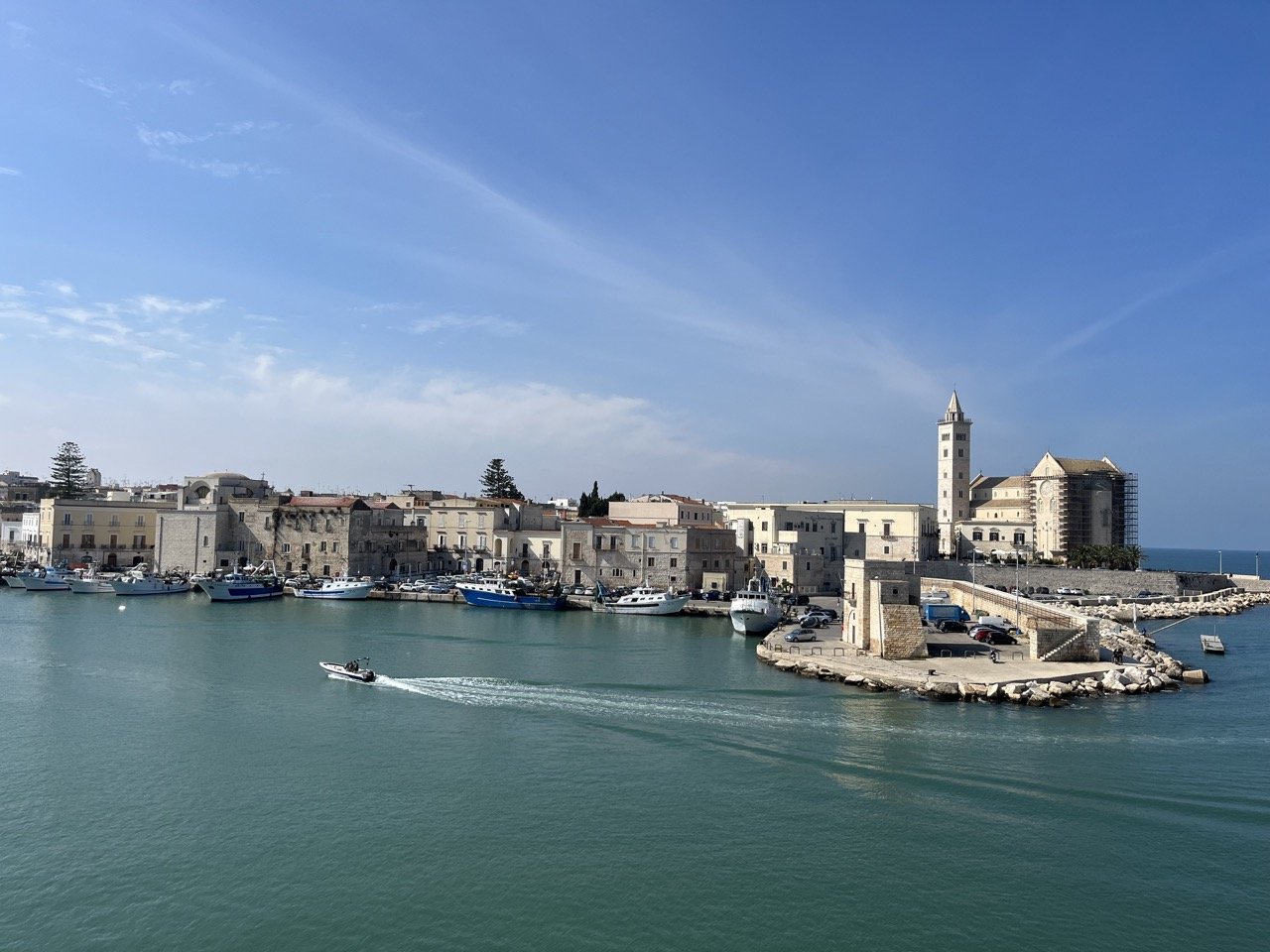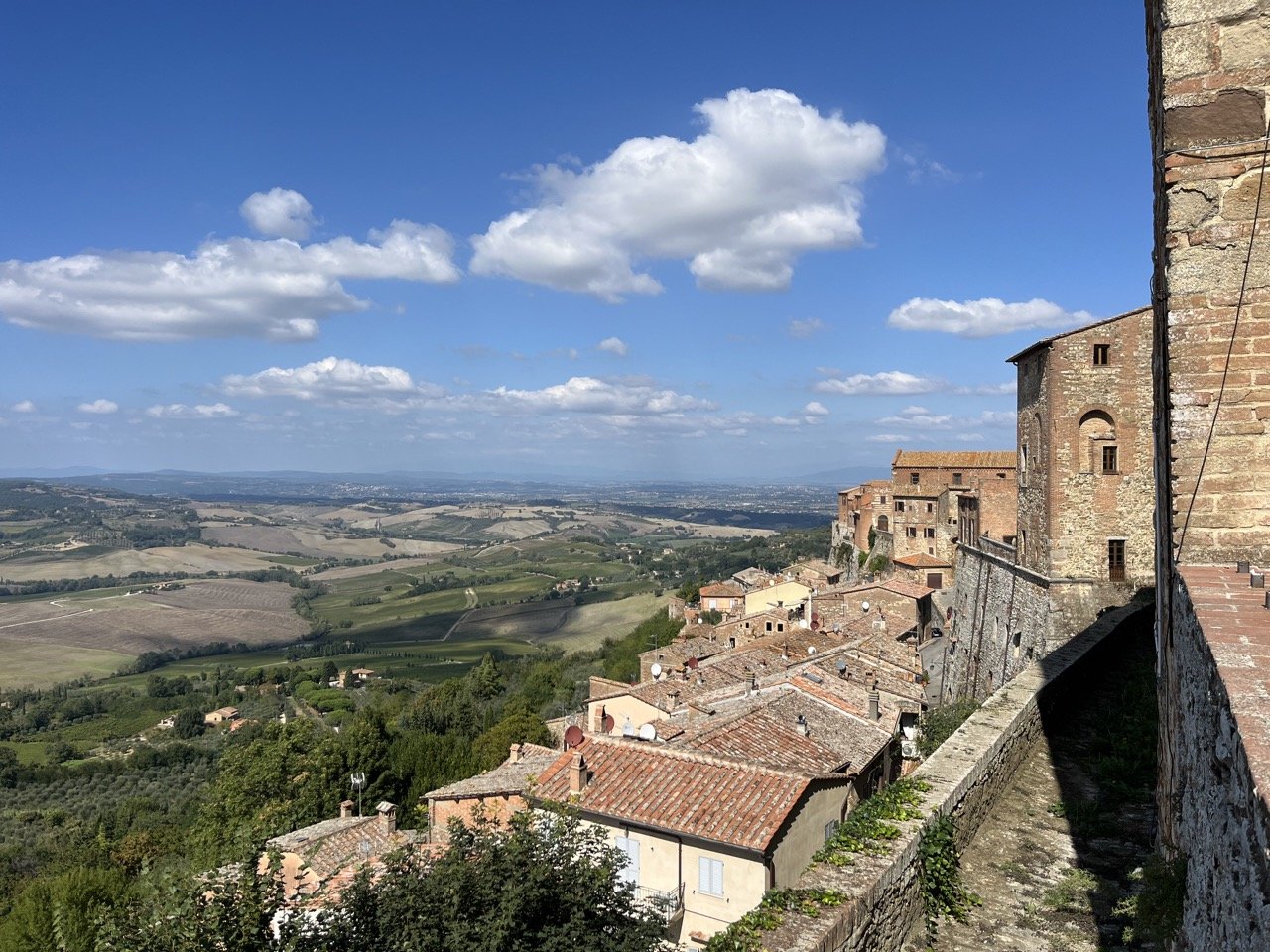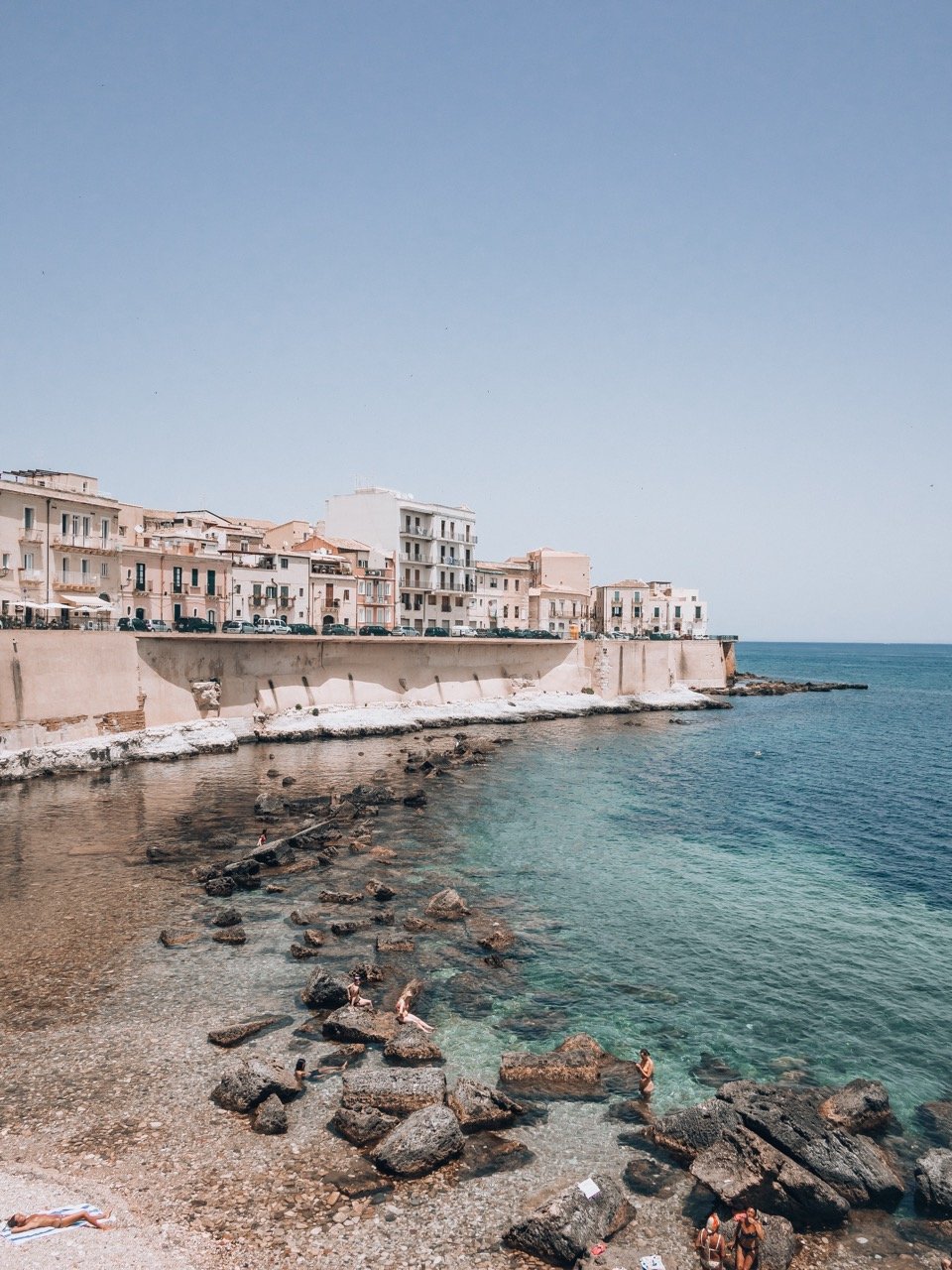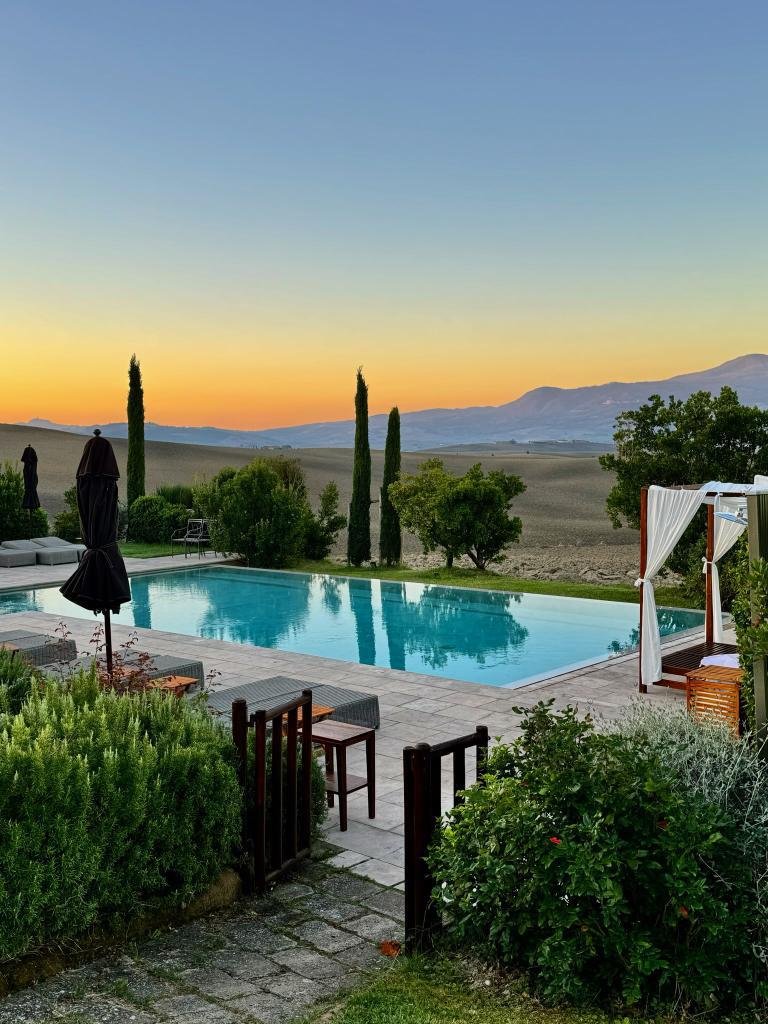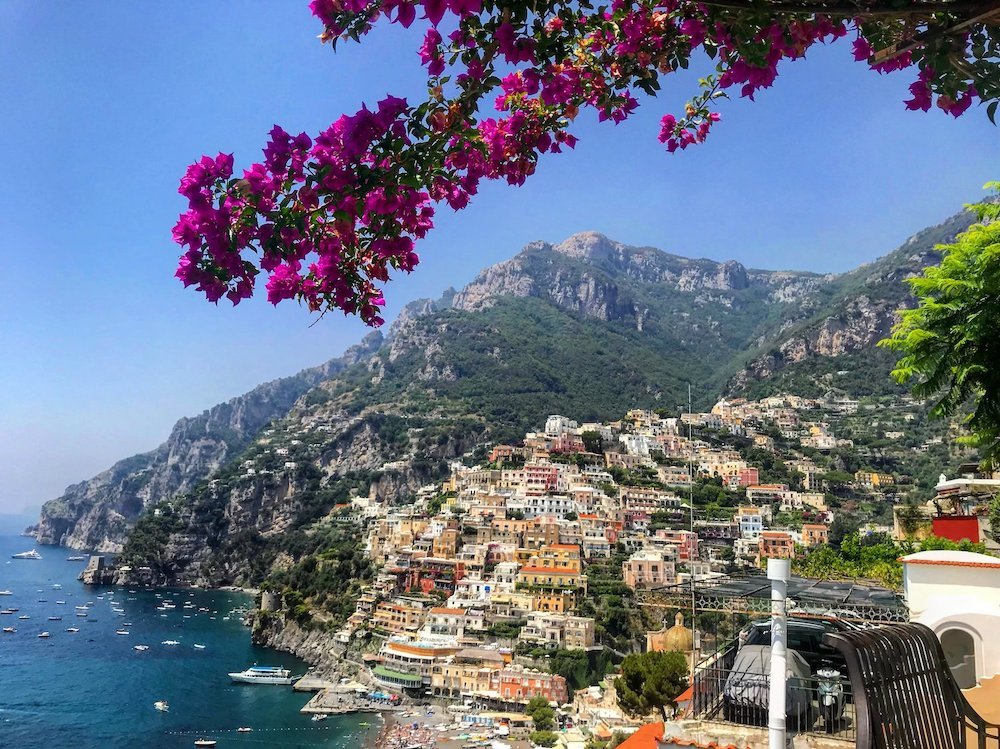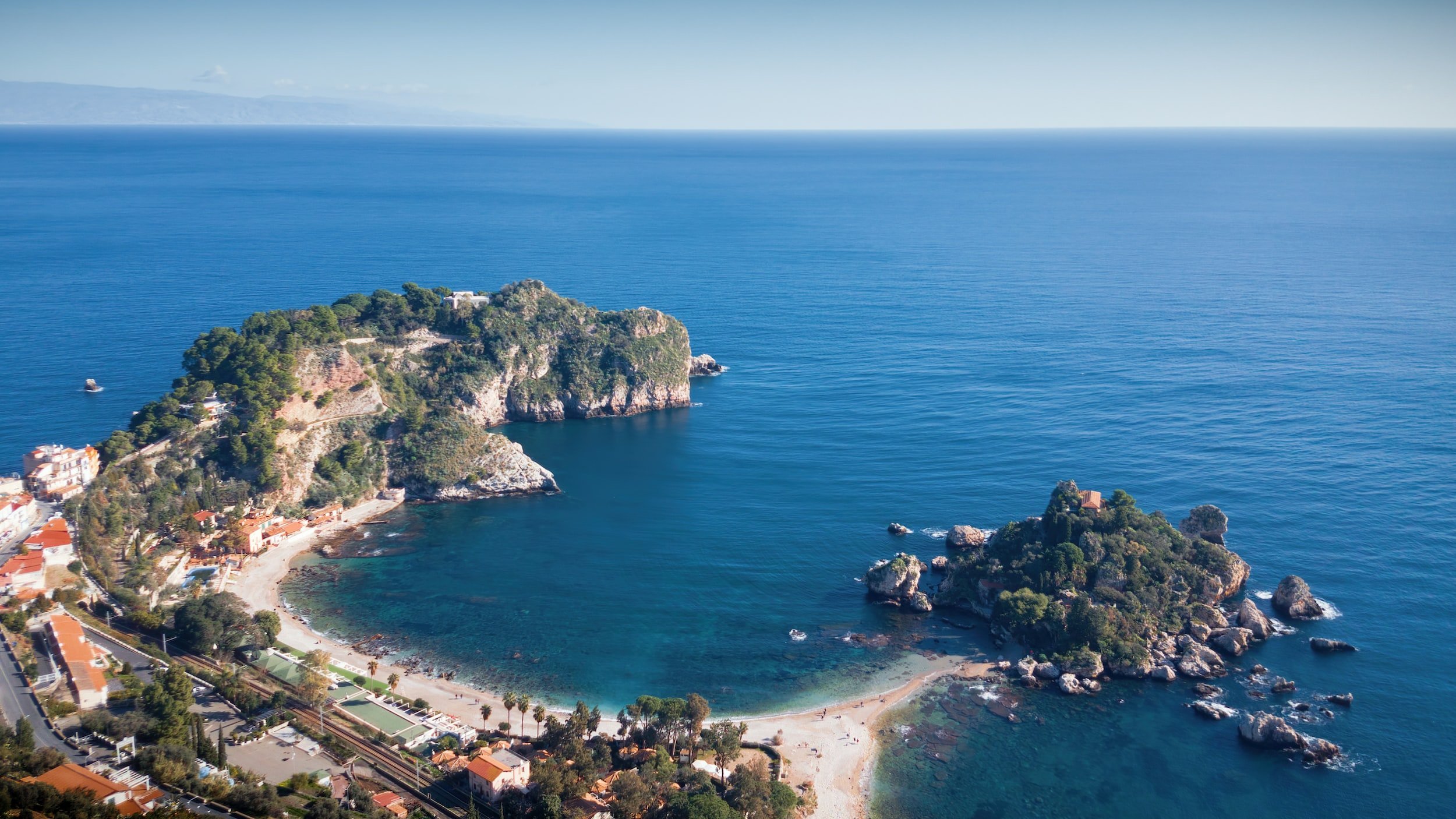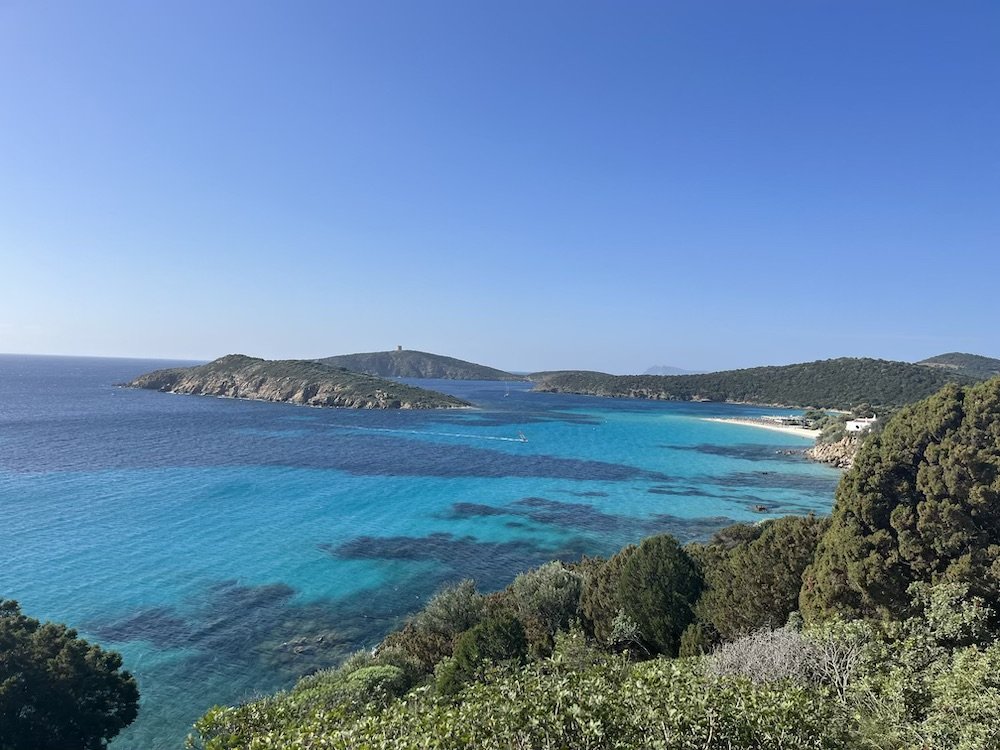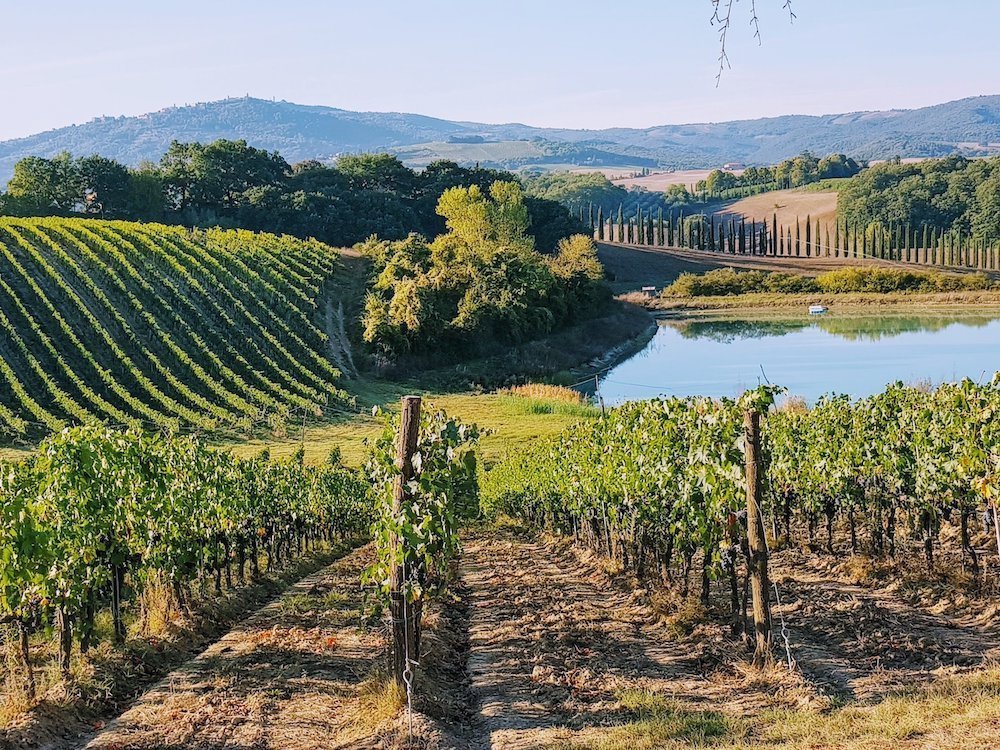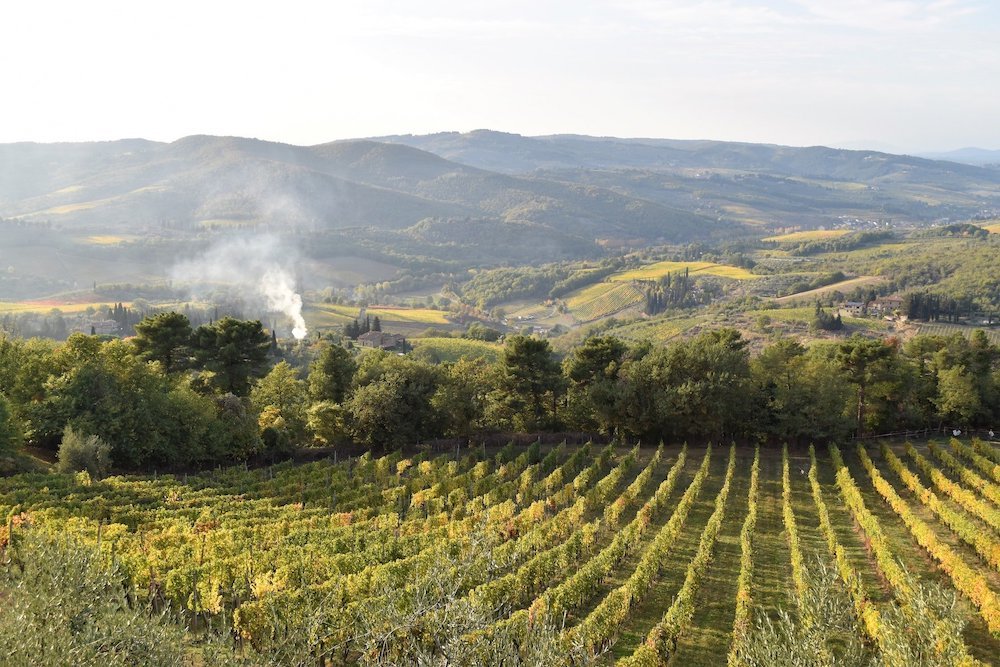
Italy Travel Guide
Why visit Italy, you ask?
Let’s start with towering mountains, rolling vineyards, sun-drenched coastline, and medieval hilltop towns. Next, think about the elegant cities, more ruins than you could explore in a lifetime, and Western Civilization’s finest art. Oh, and the best food on the planet, too!
Benvenuti in Italia! Welcome to Italy!
Italy is a place that beckons like no other country on earth. And the beauty of it is that there’s so much to explore that you can keep coming back, over and over again. And millions do!
Been to Puglia and think you’ve seen great beaches? Sardinia has something to say about that! Hiked in the Dolomites and think things can’t get better? Valle d’Aosta and the Alps are waiting… Were Tuscany’s hilltop towns a little too crowded for you? The answer is right next door in Umbria, buddy! And don’t even get us started on Sicily…
Il bel paese (the beautiful country) is just that, beautiful! Whatever you’re looking for in a vacation - a dose of dolce vita, gorgeous cities, layers of history, fabulous culture, terrific food, or pristine nature - you don’t have to look far to find it in Italy.
E allora? Che c’è da pensare? Vieni! So, what’s there to think about? Come!
Italy Trip Planning with Local Experts
You’ve got a lot of info to look through on this page, but we couldn’t include everything you need to know.
So, if you could use some help planning your itinerary and deciding where to go, how long to spend, the best activities, ways to connect with locals, and lots more, connect with one of our Italy Local Experts for a one-on-one travel consultation!
See a few of our Local Experts below!
Weather & when to visit
We typically recommend early fall as the best time to visit Italy, but that won’t be the right answer for everyone.
And while every blogger on the planet will tell you that summer is a terrible time to come, that’s a one-dimensional answer. Summer is a wonderful time to be in Italy.
Late spring is also an ideal period for a visit, but it too has drawbacks.
Wintertime, while certainly not the right choice for most people, offers the appeal of no crowds, local festivities, and actually fairly pleasant weather in some parts of the country. Not to mention fabulous skiing opportunities up north and in the mountains.
So, when deciding when to come, you need to think about what you want to get out of your trip, where you’re planning to go, your budget, and your tolerance for crowds and lines.
Here’s a quick overview to each season.
Winter
A winter visit needs to be planned carefully. The north of country will be downright cold and often either rainy or snowy. Those beautiful landscapes that you’ve seen - rolling fields of grain, bright green vineyards, and wildflowers in the mountains - will instead be a bit dreary, often brownish and wet, or covered in snow. The upside is that you’ll barely see another tourist and prices are as cheap as they get. If you’re coming to visit cities and not the countryside, it can be very rewarding.
The south of the country, on the other hand, has relatively mild winter weather, typically with clear, dry days. As long as you’re not looking to go to the beach, it can be a good time for sightseeing, road tripping, and outdoor activities.
Spring
Spring is shoulder season in most of the country, and you’ll find relatively uncrowded destinations, better pricing, and lovely landscapes. The countryside will be out in gorgeous display; all verdant and popping with color after the winter and early spring rains. There’s also a lovely atmosphere in cities and towns as people emerge from the winter.
Some destinations, like Tuscany and the Amalfi Coast, will already be busy by April, but generally you’ll have a fraction of the crowds you find at other times of year. The trade-off is that it can still be rainy everywhere, and the north of the country will often still be quite cold. Even in the south, you won’t have beach weather until late in the spring.
Spring weather is generally good for hiking, road tripping, and visiting towns and cities. As long as you’re not hoping to go swimming, it’s a very appealing time to visit.
To get the best of everything, May and early June are really the ideal periods.
Summer
An Italian summer vacation is the stuff that dreams are made of. Or at least it once was…
As Italy’s popularity as a tourist destination has increased and with the explosion of mass tourism, a summer visit has become more complicated. You need to be prepared for sky-high prices, crowds everywhere, booked out hotels and restaurants, and sweltering weather.
But don’t let that necessarily deter you. The beauty of coming in summer is that everyone is out and about, everything all over the country is open, the mountains are hikeable, beaches are swimmable, wineries are pumping out that wonderful nectar, and there’s an infectious energy and zest for life that you won’t feel any other time of year.
If coming in the peak summer season, we generally recommend avoiding the most popular destinations, regions that are popular for their beaches, those that get very hot. For example, cities like Rome, Florence, and Venice can be downright unpleasant to visit in summer because of the crowds. And regions like Puglia and Sicily, favorites for beachgoers, are better enjoyed in shoulder season when you’re not competing with all of Europe on a beach vacation.
But that leaves all sorts of other fabulous places to visit; the hills of Umbria, the northern lakes (Como, Garda, and Maggiore), the Dolomites, the elegant cities of Emilia Romagna, and lots more.
You don’t have to plan on coming at a different time of year, you just have to plan better!
Fall
We love Italy in the fall. It’s simply tough to beat.
If you come in late September or October, you get all the upside of a summer vacation, but with half the crowds. Southern Italy and the islands typically have great weather through early November, and the sea is usually swimmable until the end of October.
If you’re in wine country, the harvest will be under way, providing wonderful opportunities for wine tasting, wine festivals, and to even get involved in the harvest yourself!
And then there’s the colors. Golden fields of wheat in the south, vineyards turning shades of crimson in Tuscany and the north, and colorful apples and pears lining the valleys of the Dolomites. And the whole country is bathed in a soft light that photographers dream of.
It’s also perfect sweater and light jacket weather, so fashionistas will get to try out all their favorite outfit combinations!
Keep in mind, however, that early fall is not really shoulder season anymore in much of the country. Prices are better than in the summer, but Italy is still plenty busy this time of year, and therefore fairly expensive. For better prices and truly reduced crowds, look at October and November, with the first two weeks of October probably being the sweetspot.
Regions of Italy
Italy has 20 different regions, and they’re generally divided into three “macro” regions: north, center, and south.
You also have what we call “sub-regions” which are non-administrative (i.e. not official) areas of larger regions, like Tuscany’s Val d’Orcia or Puglia’s Salento peninsula.
The north includes regions like Valle d’Aosta, Piedmont, Lombardia, Veneto, Trentino-Alto Adige, Emilia-Romagna, and Liguria.
Defining the center of the country is a bit more murky, in that depending on who you ask they may consider certain regions to actually be northern or southern, and not central. For us, we normally consider the center to include places like Tuscany, Umbria, Abruzzo, Le Marche, and Lazio.
The south, known in Italy as Il Mezzogiorno, is home to Molise, Basilicata, Campania, Calabria, and Puglia. Sicily and Sardinia, Italy’s two island regions, exist to an extent as their own entities, though Sicily is usually categorized as southern.
Because Italy only unified in the mid-1800’s and because many regions were either their own city states or belonged to different foreign empires throughout their history, many are quite distinct from each other.
You can learn about some of the most popular regions and sub-regions below.
Tuscany - Umbria - Puglia - Sicily - Sardinia - Val d’Orcia - Chianti - Valle d’Itria - Salento peninsula - Costa Smeralda - Aegadian islands - Aeolian islands
Itineraries
For a first trip to Italy, you need at least 10 days. Two weeks would be ideal, as this would let you visit the major cities and make a few days trips or spend some time in the countryside, seeing a bit of rural Italy.
If it’s your first time here, you really can’t miss Rome, Florence, and Venice. Each city deserves a minimum of 2 full days (and more is better), so that leaves you anything from 4-7 days to play with, assuming you’re coming for 10-14 days. With those extra days, you could look at spending some time in the Tuscan countryside, enjoying a few days on the Amalfi Coast, visiting the Cinque Terre, cruising around the northern lakes, or adding on a few more great cities like Bologna, Verona, and Milan.
3 days in Florence - 3 days in Milan - 3 days in Venice - 5-day Puglia itinerary - 3 days in Bologna - 10 days in Sicily - One week in Umbria - 10-day Italy itinerary - 7 days in Tuscany - One week Puglia itinerary - 7 day Sardinia itinerary - One week in Emilia-Romagna - 7-day Sicily itinerary
City guides
From European capitals like Rome and Milan to Renaissance masterpieces like Florence and Venice, and with countless hilltop towns and medieval cities in between, Italy’s “cities worth visiting” number in the hundreds.
We’ve covered a few of them, but the rest you’ll just have to discover for yourself!
Emilia-Romagna: Bologna
Puglia: Bari - Lecce - Matera - Trani - Ostuni - Otranto
Sardinia: Cagliari
Sicily: Agrigento - Catania - Cefalù - Erice - Marsala - Modica - Noto - Palermo - Ragusa - Scicli - Siracusa - Taormina - Trapani
Tuscany: Cortona - Florence - Lucca - Montepulciano - Pisa - Siena
Where to stay: hotels & accommodation
In Italy, you have lots of choices for accommodation. There are hotels to suit every budget, but you also have guesthouses, B&Bs, hostels, agriturismi, resorts, short-term apartment rentals, and pensioni.
You’ve certainly heard of most of these types of accommodation, but agriturismo and pensione may be new to you. So what are they?
An agriturismo is a sort of cross between a farm and a bed and breakfast that you’ll find in small towns and rural areas. To qualify as an agriturismo (agriturismi is the plural of the word) the property must be engaged in some sort of agricultural activity. In some cases, you’ll encounter real working farms where the owners grow their own crops, raise animals, make wine and olive oil, etc. Other times, the agricultural aspect can be pretty minimal, and you’ll really just be staying at a rural property, many of which are quite chic and stylish.
A pensione is a bit of an outdated concept, and you’ll find relatively few remaining these days. In the past, these were small, family-run hotels that were somewhat similar to a residence hotel or extended-stay hotel. Rooms tend to be like little apartments, sometimes with a kitchenette, and you usually have the option of paying a bit extra for full or half-board, meaning you could have lunch or dinner at the hotel included in the rate.
To give you an idea of cost, expect for a reasonably nice 3-star hotel in a mid-sized city to cost you 100-200 euros per night most of the year. In the summer season, rates in popular cities and beach destinations can go up significantly. Simple, but comfortable B&Bs in the countryside can still be found for bargains (under 100 euros a night) if you know how to look. And if you pay cash…
Where to stay on Amalfi Coast - Where to stay in Milan - Where to stay in Naples - Where to stay in Rome - Where to stay in Venice - Where to stay in Puglia - Where to stay in Tuscany - Where to stay in Chianti - Where to stay in Bologna - Best hotels in Puglia - Where to stay in Florence
Transportation
Italy has one of the best rail networks in the world. Outside of Sardinia and Sicily, all major cities are connected by train and you usually also have easy connections to smaller, regional cities and even plenty of little towns. Where the train can’t get you, a solid network of regional and local buses can.
For the train, you have two companies to look at: Trenitalia and Italo. Trenitalia is the national rail carrier and serves most routes. Italo is a private company that exclusively runs high-speed trains on a few major routes. Because Italy’s main cities are connected by high-speed rail, traveling between them by train is almost always faster than by car.
Train tickets normally cost anywhere from 15 to 100 euros (depending on the class and how far in advance you buy) and are usually available for purchase beginning 90 days before the date of travel.
If you’re going to be staying in major cities and just taking the occasional day trip, there’s really no need to rent a car for a first visit. It will be more of an annoyance than a bonus. Train service in Italy is excellent, and you can get to all the places you’re likely to want to visit on a first trip.
And if you are planning on renting a car and taking a road trip, rest assured that you’ll have very little trouble driving throughout the country. Navigating cities can be confusing and a bit chaotic, but most of the country is very easy to get around by car, even if it’s your first time in Italy or Europe.
Rome to Naples - Rome to Florence - Rome to Tuscany - Florence to Cinque Terre - Naples to Amalfi Coast
Archaeological sites
Italy’s archaeological wonders are myriad, and you’ll find ancient ruins left by the Etruscans, Phoenicians Greeks, Romans, and other civilizations all around the country.
For Greek ruins, you’ll want to concentrate on southern Italy - Sicily in particular - as this region was once part of “Magna Graecia”, meaning Greater Greece. In antiquity, the cities of Syracuse and Taranto (in Sicily and Puglia respectively) were some of the most important Greek settlements in the world, with urban populations rising well into the hundreds of thousands.
Sicily contains the majority of well-preserved Greek archaeological sites, chief among them the splendid Greek theater in Taormina, the huge Neapolis in Syracuse, and majestic temples at Selinunte, Segesta, and Valley of the Temples. Taranto in Puglia and Reggio Calabria in Calabria have good museums containing Greek artifacts, but relatively few preserved sites.
For a window into the mysterious Etruscan people, focus on Tuscany, particularly the province of Grosseto and the lovely city of Cortona.
If you’re interested in Byzantine civilization, you’ll find reminders of their reign throughout the country, but some of the finest examples can be explored in and around the city of Ravenna in Emilia-Romagna.
And for the Romans… well, that one’s easy, just look around you no matter where you are!
Food & drink
Italian food really needs no introduction, so we’re not going to give it one!
If you’re a wine aficionado, know that every region of Italy produces wine, and they usually have their own local varietals that they specialize in. Particularly esteemed wine-producing regions are Tuscany (especially in the Val d’Orcia and Chianti areas where), the Veneto (Prosecco Hills and Valpolicella), Friuli-Venezia Giulia (for high quality whites), Piedmont (home to Barolo, Barbaresco, and Moscato), and Sicily (primarily for reds, but also some mineral-forward whites).
For foodies, you can’t go wrong in any of Italy’s regions. However, some do have special appeals. In general, Emilia-Romagna is regarded as Italy’s food capital. It’s here that some of the country’s most prized products are made: Parmiggiano Reggiano cheese, Prosciutto di Parma, Aceto Balsamico di Modeno, and even the world’s most famous pasta sauce “bolognese” (which in Italy we actually just call ragù).
Italian food is famous for being regionalized (i.e. different in each region), but there are plenty of dishes that have now become national staples. Pasta and Pizza, for example, are ubiquitous. But in the north, you’ll see lots of dishes with rice and butter, uncommon ingredients in the center and south, where pasta and olive oil reign supreme.
And then there are the faux pas (cultural gaffes/mistakes), which are too many to list. But some of our favorites are:
No milk in your coffee after 11:00 am
No cheese ever on a dish with seafood
No chicken with pasta
Ordering your bistecca alla fiorentina cooked anything other than rare
You’ll certainly discover more if you pay attention when out to eat; a waiter’s raised eyebrow, a confused look, a slight protestation to a request... But don’t worry, just have fun with it!
Below, you’ll find a series of articles on food and drink for different regions and towns across the country.
Wine in Tuscany - Val d’Orcia wineries - Chianti wineries - Sicily’s best restaurants - Dining in Positano - Best restaurants in Catania - 15 foods to try in Puglia - Where to eat in Bari
More Italy travel ideas
Where to go in Tuscany - Best places in Puglia - Planning a trip to Italy - Good day trips from Rome - Things to do in Florence - Visiting Mount Etna - Sardinia travel tips - Puglia travel tips - Sicily off the beaten path - Best beaches in Eastern Sicily - Best beaches in Sardinia - 11 things to do in Sardinia
Private Guided Tours in Italy
Unique experiences with veteran local guides
See all our tours and experiences on Guides of Italia



